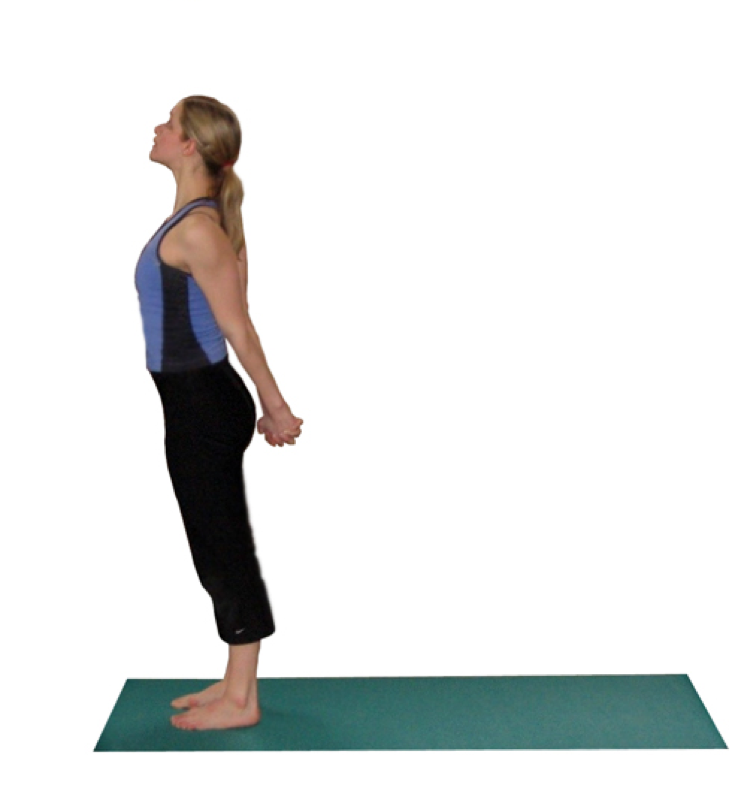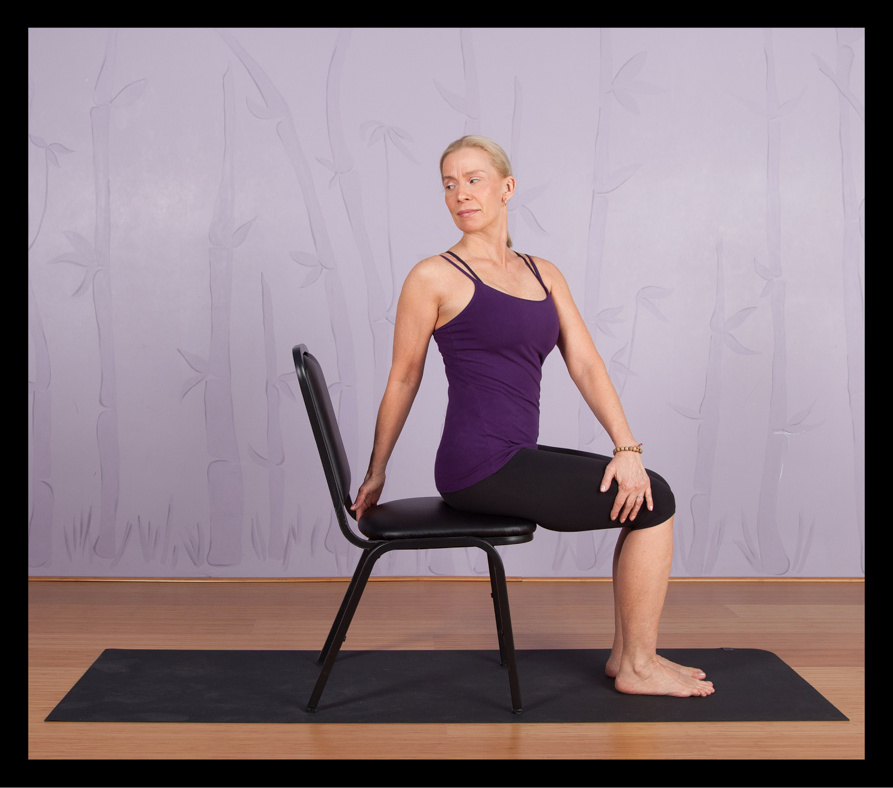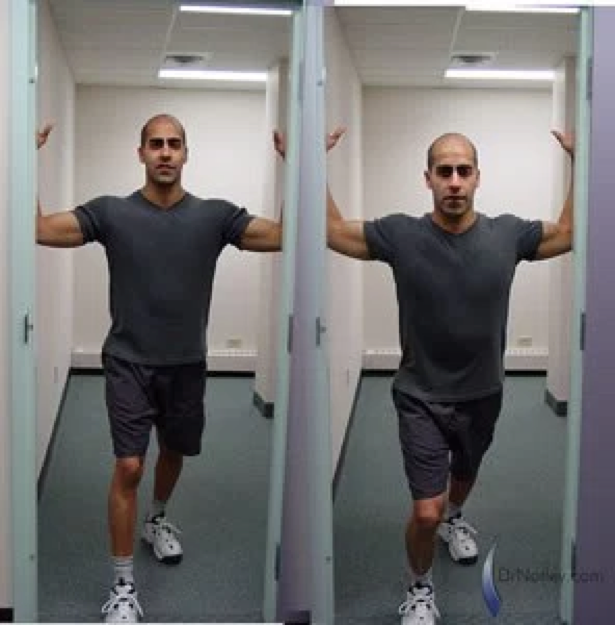|
Sometimes it feels like we carry the weight of the world on our shoulders—or, at the very least, the weight of groceries, children and barbell presses. When shoulder pain strikes, it makes those burdens even more difficult, and sometimes downright impossible, to bear. Although not as widespread as back pain or knee pain, shoulder pain is relatively common. According to the American Academy of Orthopaedic Surgeons, approximately 7.5 million people were treated for shoulder problems in 2006. One of the most complex joints in the body, the shoulder is made up of three bones: The humerus (upper-arm bone), scapula (shoulder blade) and clavicle (collarbone). The humerus connects to a socket in the shoulder blade, held in place by the muscles, tendons and ligaments that make up the rotator cuff. What Causes Shoulder Pain?Because it's less stable than other major joints, the shoulder is more susceptible to injury. "The shoulder socket is very shallow and not round," says Dr. Sometimes the cause of shoulder pain is an obvious trauma, such as a car accident or a collision during a high-impact sport. But in most cases, Matt Likins, an orthopedic physical therapist and partner at 1st Choice Physical Therapy, says that most of the shoulder issues he treats are caused by a lack of balance between strength and flexibility. "It's important to remember that whenever you work a muscle on one side of a joint, you must work the opposing muscle as well," he says. "For instance, if you spend all your time doing chest work, such as pushups and bench presses, you should also work the rhomboids, latissimus dorsi and posterior deltoids." 5 Effective Exercises for Shoulder PainTo soothe shoulder pain, Dr. Shadid recommends performing these exercises five or six times per week for maximum improvement. 1. Arm-Across-Chest Stretch: Hold your right hand out in front of you. Reach your left hand behind your right elbow, pulling your right arm to the left and across your chest. If you feel pain in your shoulder, lower your arm until the pain subsides. The goal is to be able to pull your right arm across your chest without feeling any pain. Hold for 30 to 60 seconds, then relax and repeat with your left arm. Repeat for three to five sets.  < <2. Neck Release: Sit or stand up straight, then slowly bring your chin toward your chest until you feel the stretch in the back of your neck. Try leaning your head to the left to stretch your right shoulder or to the right to stretch your left shoulder. Hold the stretches for up to one minute in each direction, breathing deeply as you concentrate on relaxing. For a deeper stretch, you can very gently use your hand to pull your right ear closer to your right shoulder, and vice versa. Another option is to elevate the engaged arm to the height of your shoulder as you pull it across your chest. Repeat three to five times on each side.  3. Chest Expansion: Clasp your hands behind your back.  4. Seated Twist: Sit straight up in a chair with your knees bent and your feet flat on the floor. Twist your torso to the right, placing your left hand on the outside of your right thigh. Relax your shoulders as you look toward your right, gently pushing on your right thigh. Breathe deeply for 10 to 15 seconds and release. Repeat on your right side. Repeat for three to five sets.  5. The 90-90 Shoulder Stretch: Stand in a doorway, holding your arms up so your elbows are at 90-degree angles and your arms form a 90-degree angle to your body at the shoulder. Place each hand on one of the sides of the door frame, placing one foot forward as you stand up straight aligning your neck with your spine. Lean forward with your back straight as you brace yourself against the door frame. Hold the stretch for 20 to 30 seconds. Repeat two to three times.  In addition to performing regular stretching exercises like the ones above, Dr. Shadid recommends avoiding any activities that may aggravate the shoulder injury. If persistent shoulder pain isn't relieved by several days of rest, ice, massage and elevation, contact a doctor. More severe cases may require pain-relieving injections or surgery to repair structural injuries. |


.jpg)




